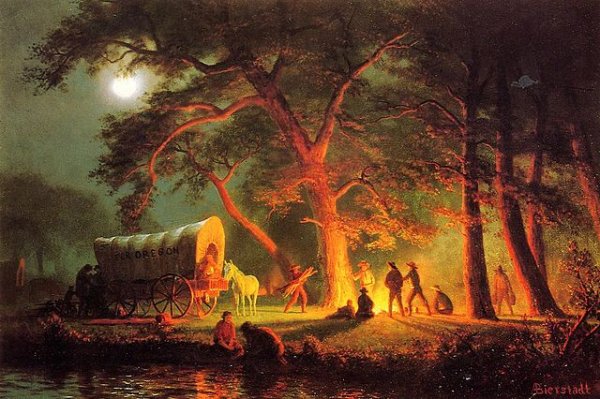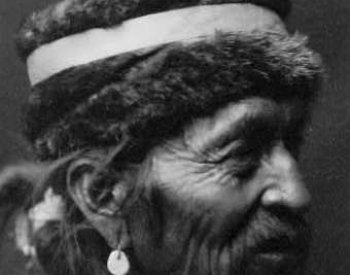Between 1840 and 1870, hundreds of thousands of Americans and European immigrants traveled a network of overland trails to settle in the American West. The routes they followed were as long as 2,000 miles, and their journeys took months to complete. In this lesson, students critically examine historical accounts of travel on the busiest of these trails, the Great Platte River Road, to glean evidence about what life was like for migrants on the trail.
We developed this lesson with the support of the Educating for American Democracy (EAD) participants and in collaboration with Los Angeles Unified School District. We designed this lesson with 5th-grade classrooms in mind, but it is readily adaptable for use with older students. It focuses on the EAD theme of “Our Changing Landscapes” for grades 3-5. It addresses the EAD history driving questions: "How did land change the ways people live, govern, and migrate? And how did people's choices change the land?" (HDQ2.2C). It also addresses the EAD history guiding question: How did various communities decide (or not) where and when to migrate and settle?" (HSGQ2.2D). To access the other Reading Like a Historian K-5 lessons made in this collaboration, click here.

Image: Painting of a campfire on the Oregon Trail by Albert Bierstadt. From the Wikimedia Commons.

